From the sleek and sharp straight blades to the jagged and toothy serrated ones, each type of knife blade has its own unique advantages and uses. So, let's dive into the world of knife blades and discover what makes each type special.
Different types of knife blades
1. Straight Blades
Straight blades are the classic, no-nonsense blades of the knife world. As their name suggests, these blades have a straight edge, which makes them great for slicing and chopping with precision. They can slice through foods smoothly with just a few simple strokes, instead of sawing through them like their serrated blade counterparts.
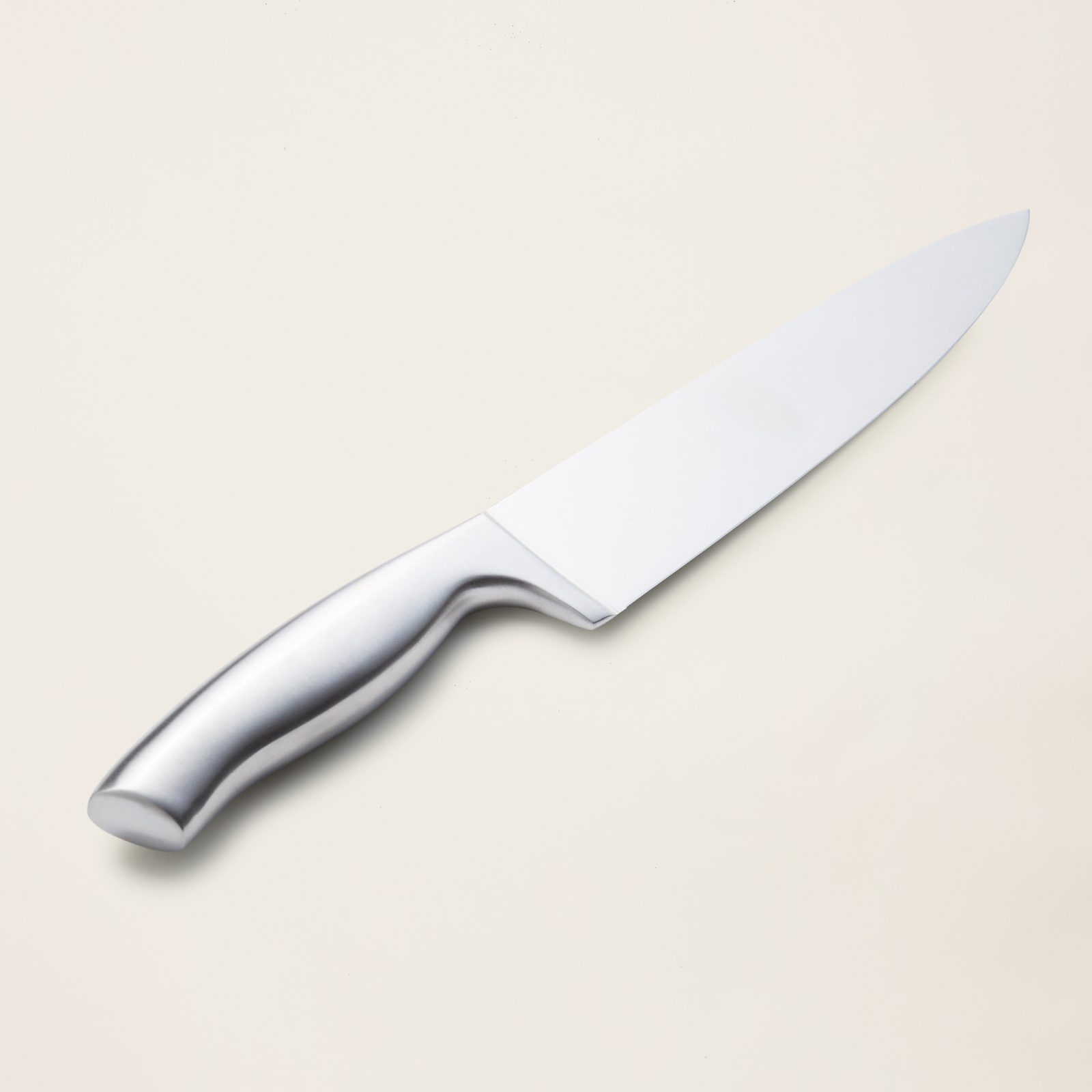
Common uses: cutting vegetables and trimming meat
Examples: Italic Glaze Forged Stainless Steel Chef's Knife, Wüsthof Classic Chef's Knife, Shun Classic Chef's Knife, and Victorinox Fibrox Pro Chef's Knife.
Perfect for those who want precise cuts with clean edges, a straight blade knife is a must-have for every kitchen and home.
2. Serrated Blades
Serrated blades are toothy and saw-like. Unlike straight blades, serrated blades have a jagged edge, which makes them great for cutting through tough materials like bread and tomatoes.

Common uses: slicing crusty bread and cutting soft fruits and vegetables
Examples: Victorinox Swiss Army Serrated Bread Knife, Wüsthof Pro Offset Serrated Utility Knife, and Shun Classic Serrated Utility Knife
If you're looking to slice through your favorite crusty loaves and juicy tomatoes without squishing or crushing them, a serrated blade knife is going to be your new go-to kitchen companion.
3. Curved Blades
Curved blades are the graceful, swooping blades of the knife world. These blades have a curved edge, which makes them great for slicing and rocking motions.
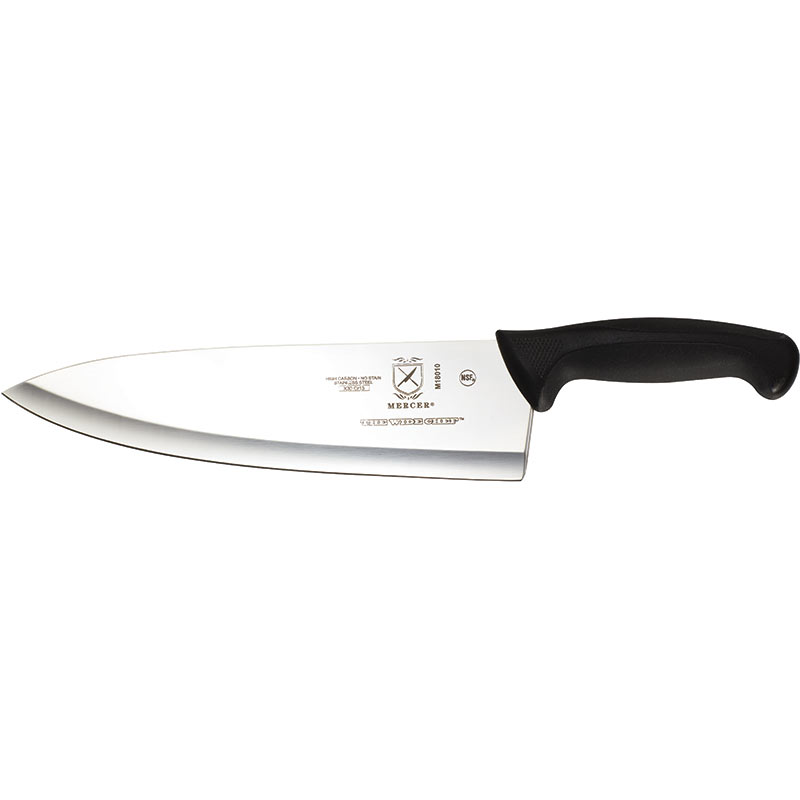
Common uses: chopping herbs, mincing garlic, and filleting fish.
Examples: Mercer Culinary Millennia Chef's Knife, Global G-48 Santoku Knife
If you're into slicing through different ingredients with ease and precision, a curved blade knife is definitely worth adding to your arsenal of kitchen tools.
4. Tanto Blades
Tanto blades are characterized by their angular shape, which features a flat edge that curves sharply upward to meet the point.
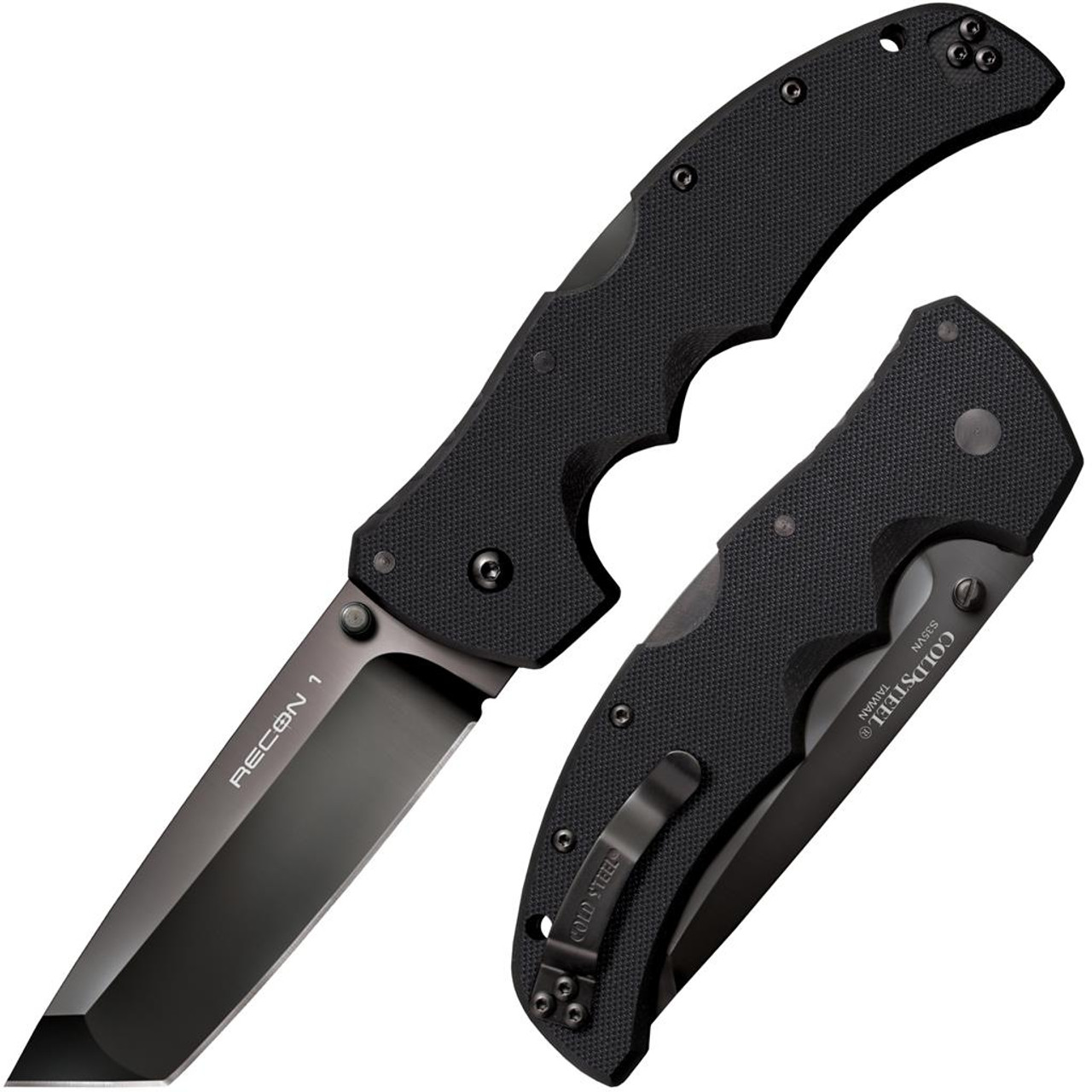
Common uses: piercing tough materials, slicing through dense objects, and even self-defense
Examples: Cold Steel Recon 1 Tanto Point Knife, Benchmade 940-2 Osborne Tanto Knife, CRKT M16-14SFG Tanto Folding Knife
If you need a knife that can pierce through tough materials with ease and handle some heavy-duty slicing and dicing, then a Tanto blade knife is the perfect fit for your adventurous lifestyle.
5. Drop Point Blades
Drop point blades are characterized by their curved edge that slopes gently to the point, which makes them great for slicing, chopping, and piercing.
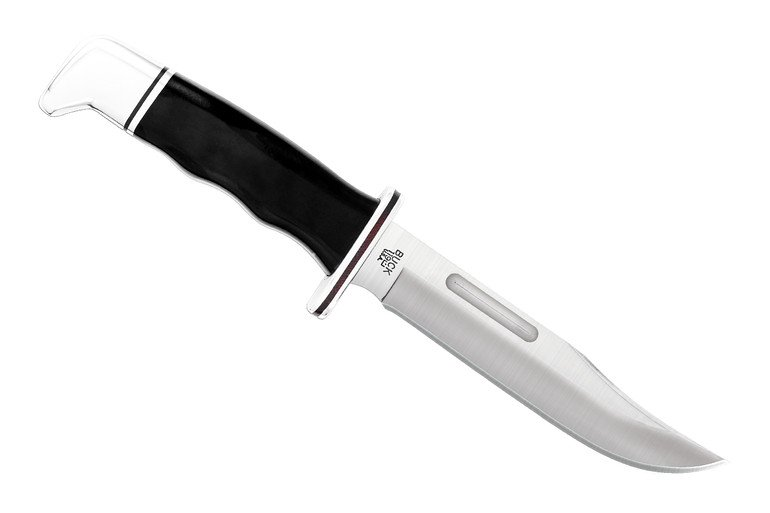
Common uses: hunting, camping, and everyday tasks like opening boxes and packages
Examples: Buck Knives 119 Special Hunting Knife, Benchmade Mini Griptilian Drop Point Knife, Spyderco Endura 4 Folding Knife
If you need a knife that can handle some serious slicing and skinning tasks with precision and ease, then a drop point blade knife is going to be your best buddy on your next hunting or camping adventure.
6. Clip Point Blades
Clip point blades are characterized by a concave curve that creates a thin, sharp point, perfect for precision tasks and everyday use.
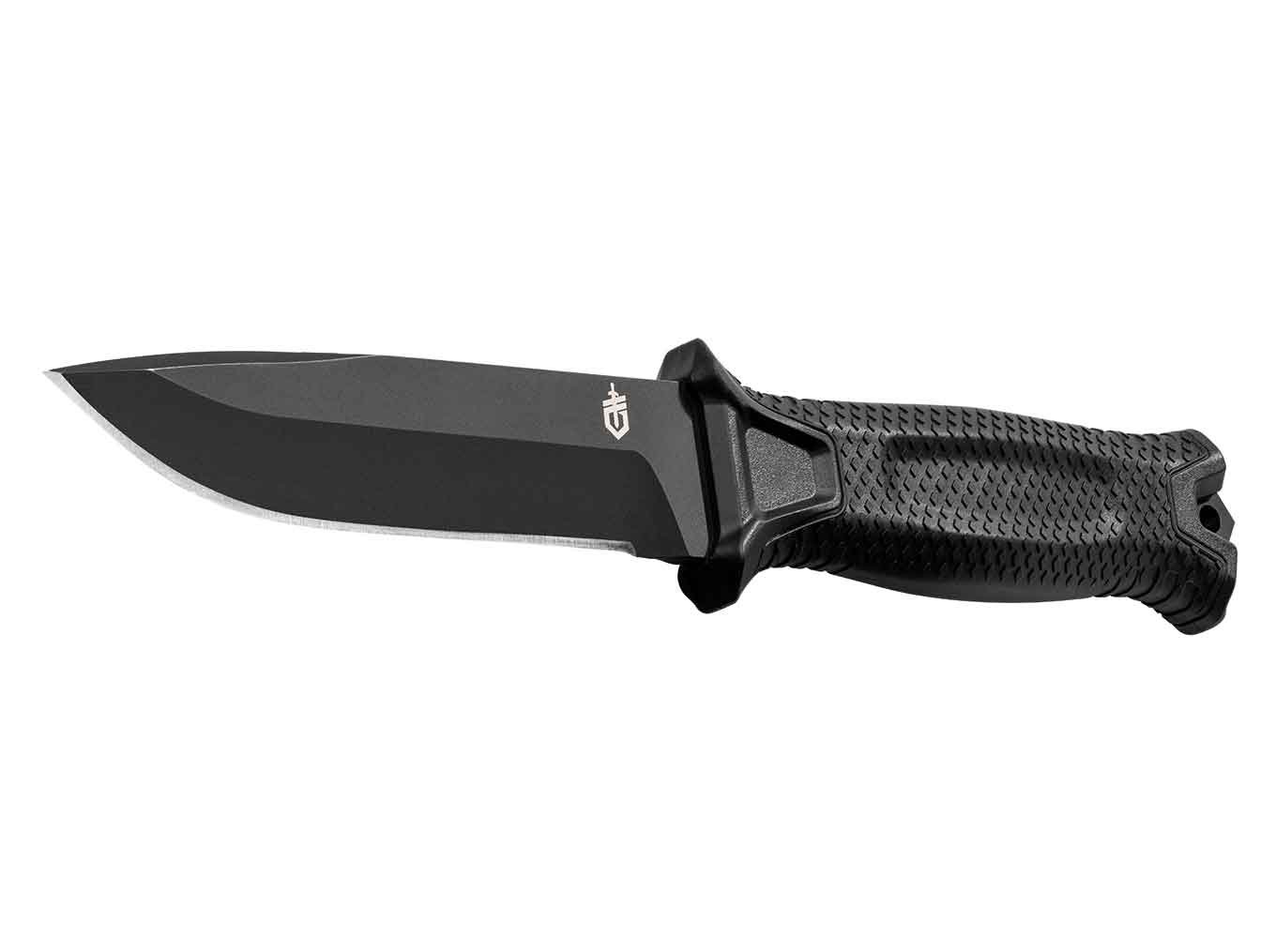
Common uses: hunting, skinning, and tactical applications
Examples: Buck Knives 110 Folding Hunter Knife, Gerber StrongArm Fixed Blade Knife, and Benchmade 551 Griptilian Clip Point Knife
If you're looking for a knife that can do it all, from opening boxes to carving small objects, then a clip point blade knife is the perfect fit for your everyday carry needs.
7. Trailing Point Blades
Trailing point blades are characterized by their concave curve on the back of the blade that leads to a fine, thin tip, which is typically swept upward. This design makes them excellent for slicing and skinning tasks.

Common uses: hunting, fishing, and filleting
Examples: Benchmade Steep Country Hunting Knife, Gerber Vital Pocket Folding Knife, and Buck Knives 393 Omni Hunter Knife
If you need a knife that can glide through fish and other delicate meats with precision and ease, then a trailing point blade knife is for you..
8. Spear Point Blades
Spear point blades are characterized by their symmetrical shape that comes to a point in the center. Spear point blades are excellent for piercing and slicing tasks, making them popular among hunters, fishermen, and tactical users.
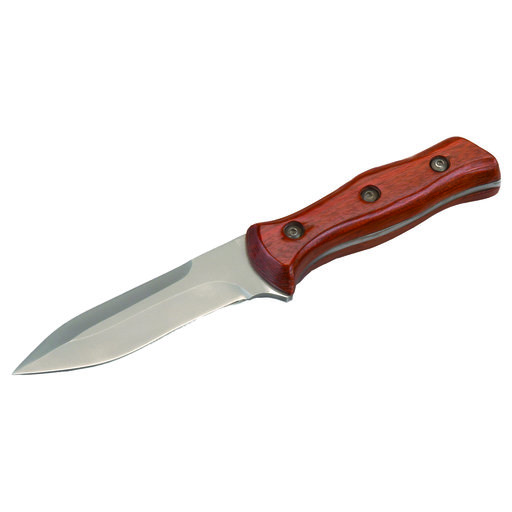
Common uses: hunting, self-defense, and everyday carry
Examples: Cold Steel Recon 1 Tactical Knife, Benchmade Hidden Canyon Hunter Knife, and Gerber Remix Tactical Knife
If you want a knife that looks as sharp as it cuts, then a spear point blade knife is perfect for you with its symmetrical shape and sleek point, making it a great addition to any collection.
A note from Italic.
By understanding the characteristics and common uses of each blade type, you can choose the right blade for your specific needs, whether it's for everyday carry, outdoor activities, or professional tasks.
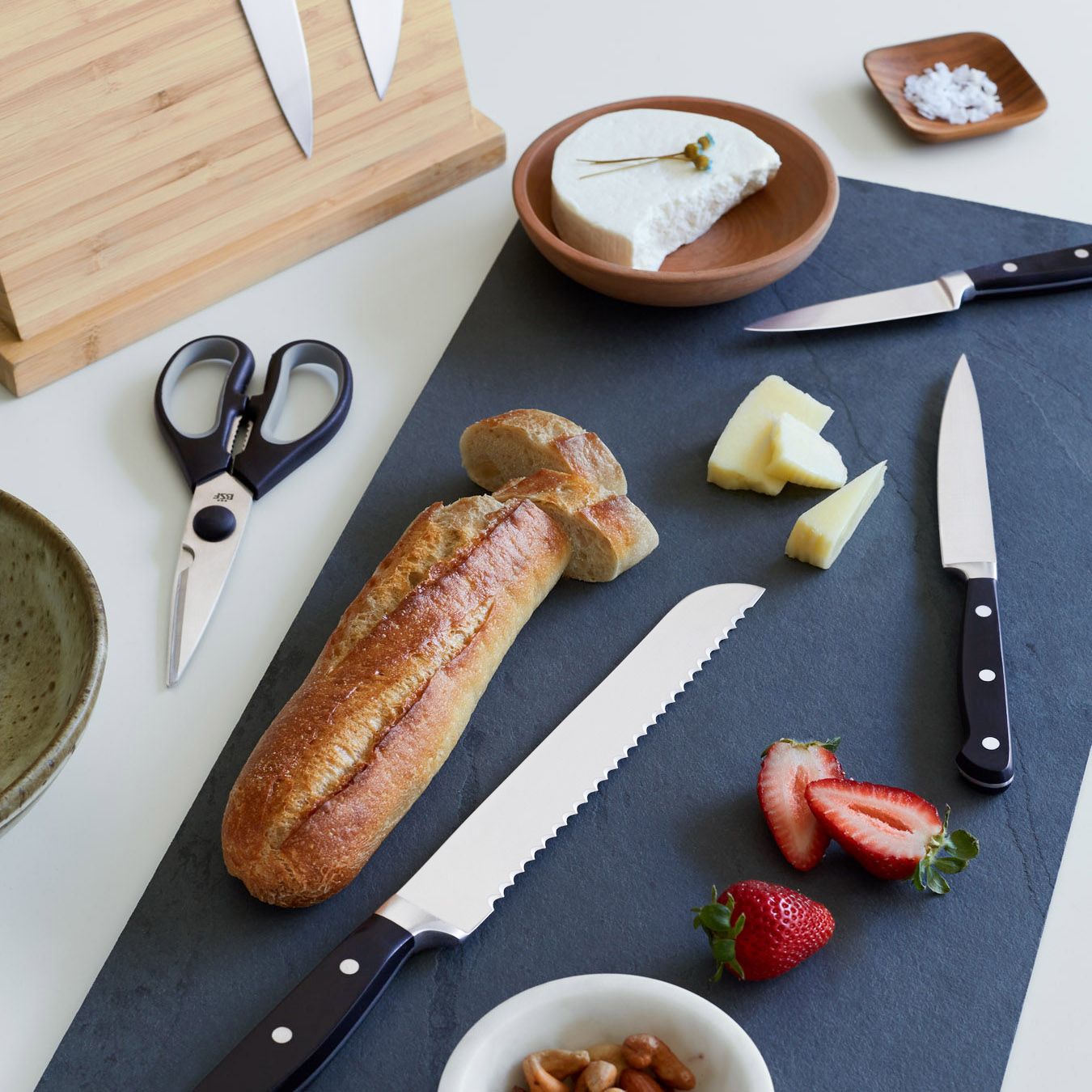
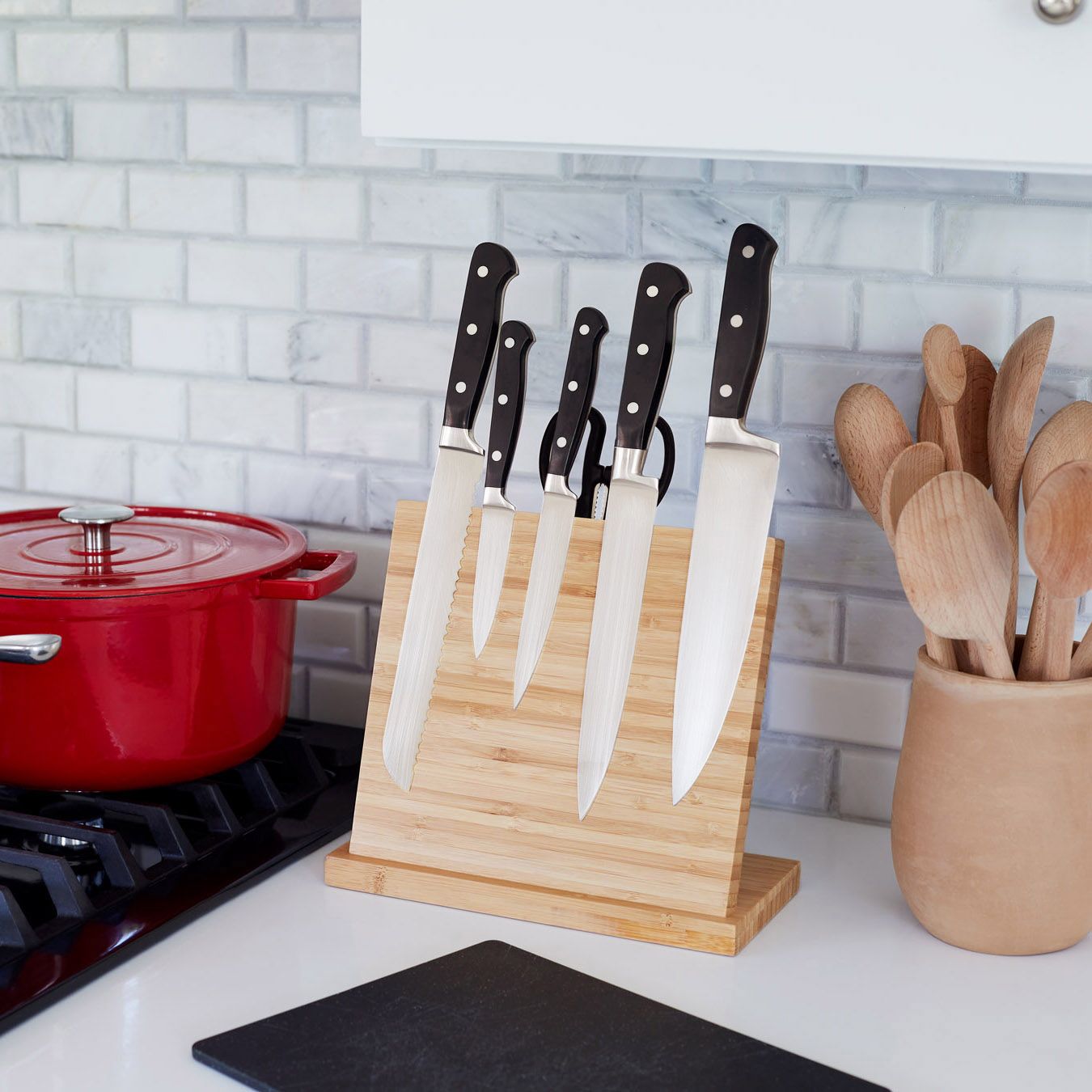
So whether you're a chef, hunter, fisherman, or collector, it's important to consider the type of blade that best suits your needs. With so many great options available, you're sure to find the perfect blade to suit your needs.